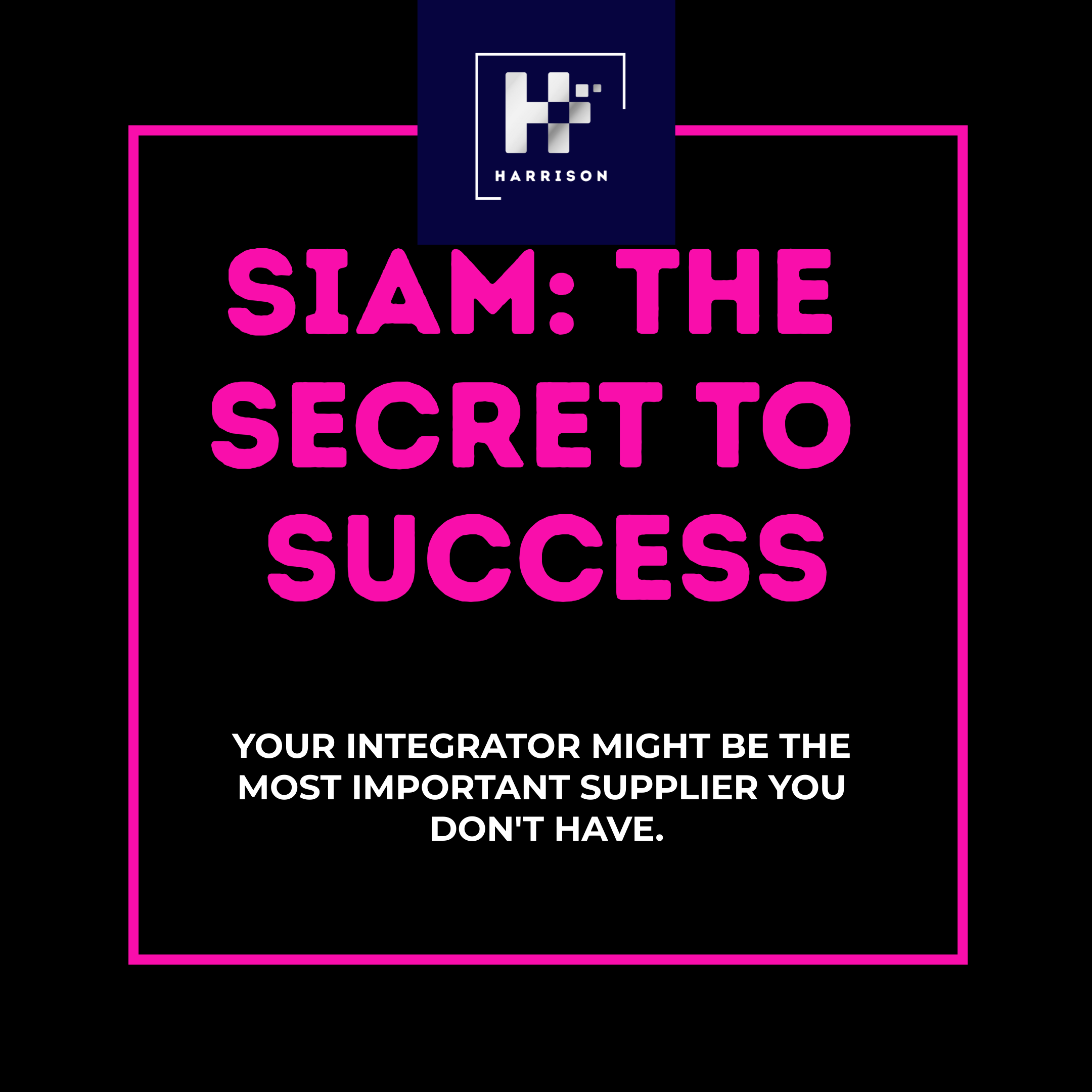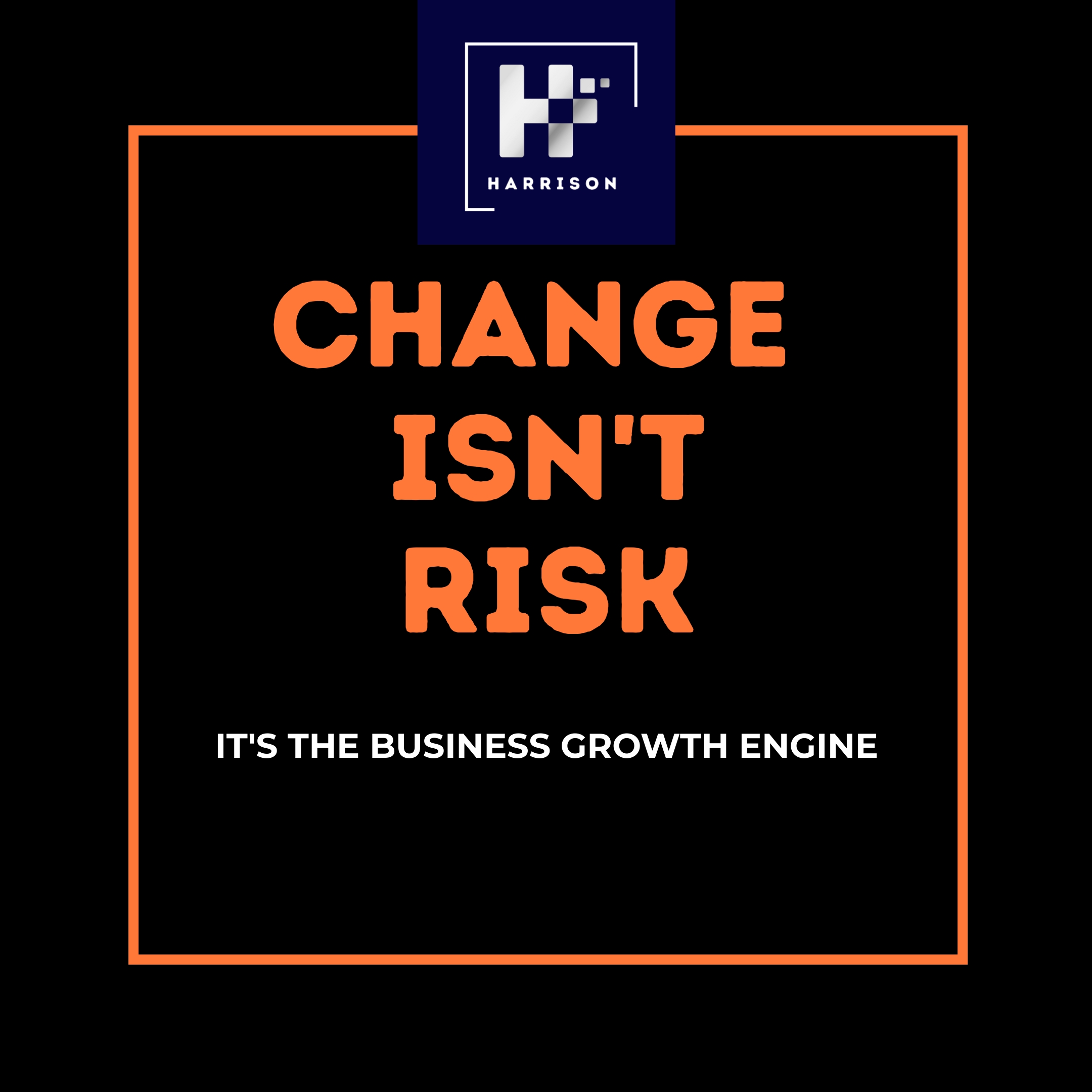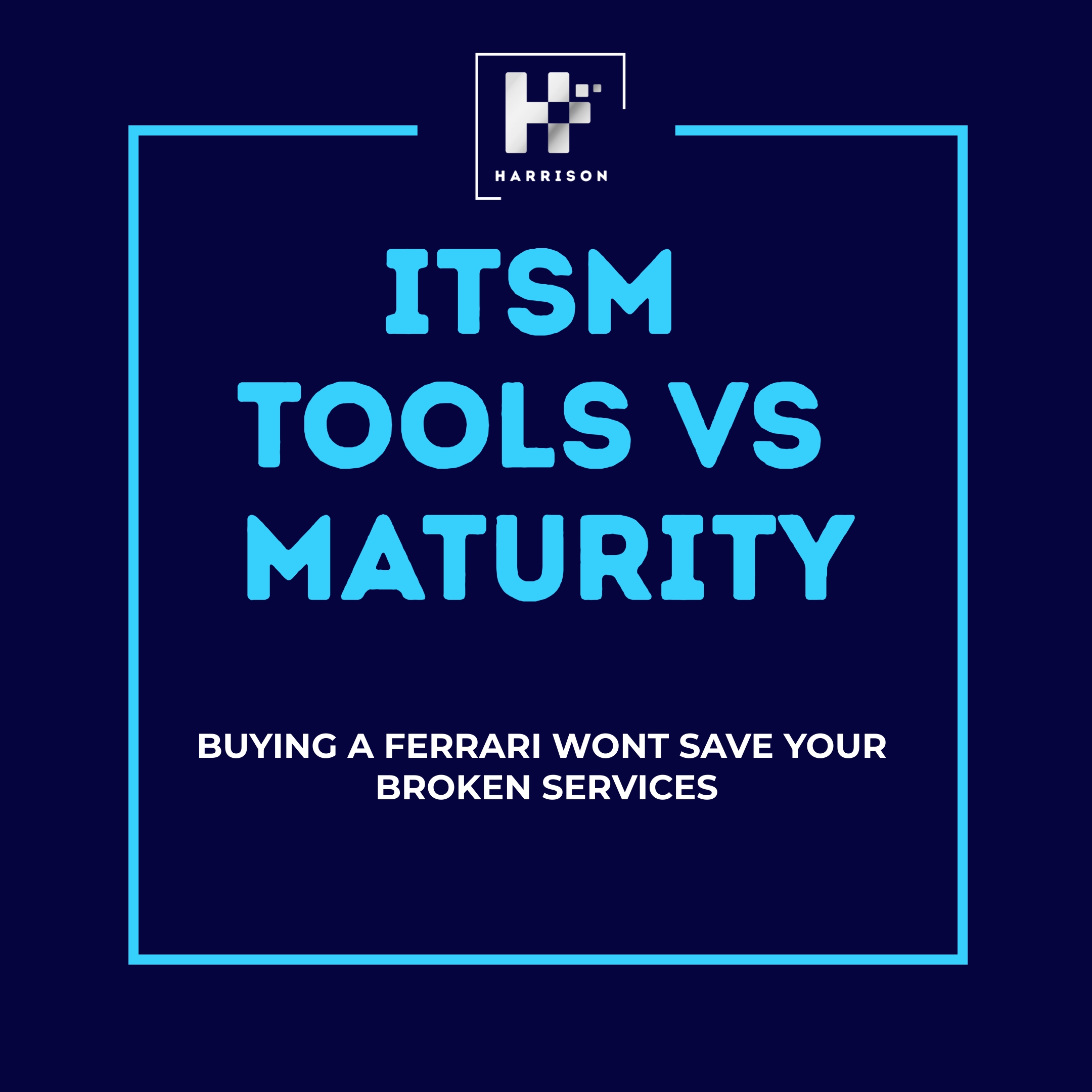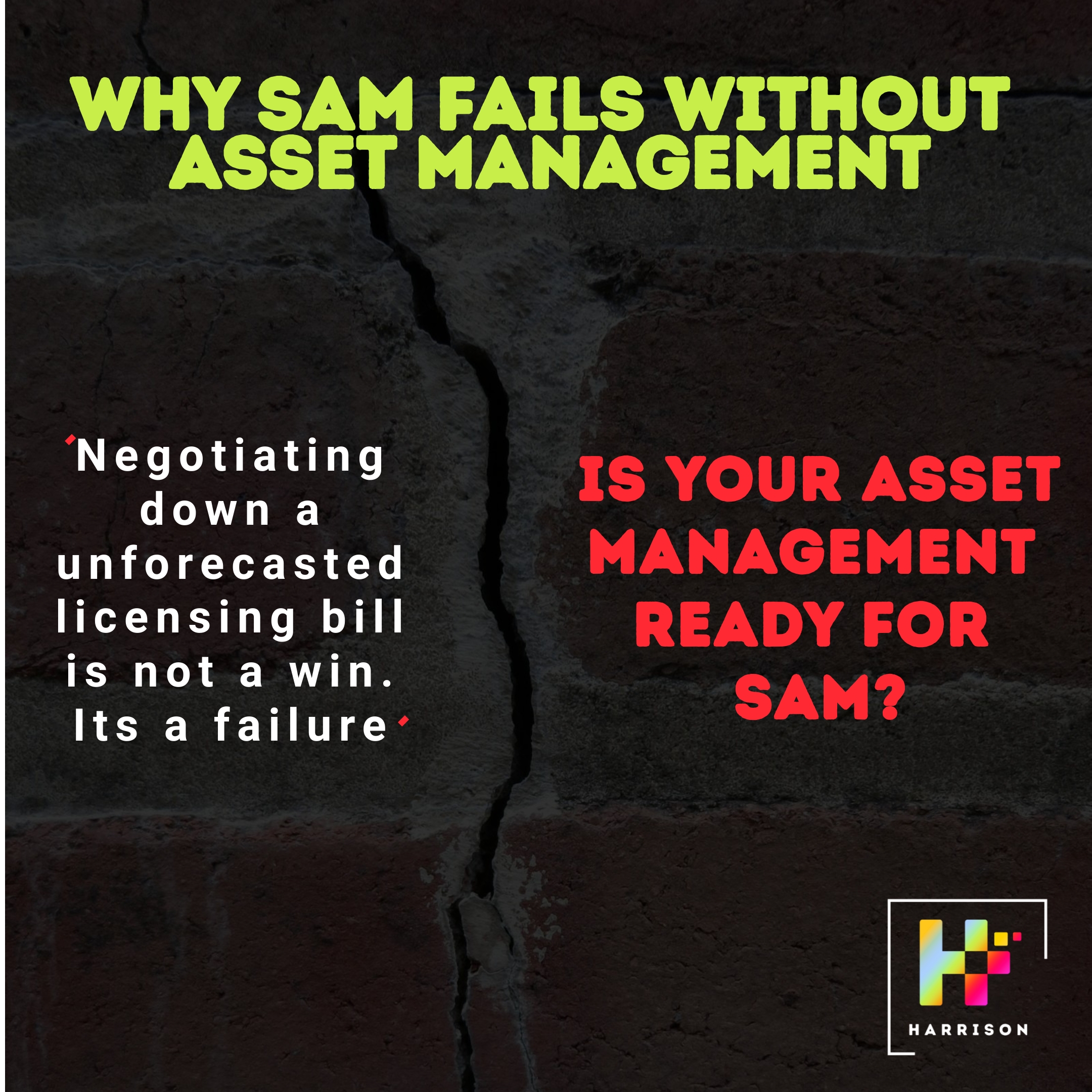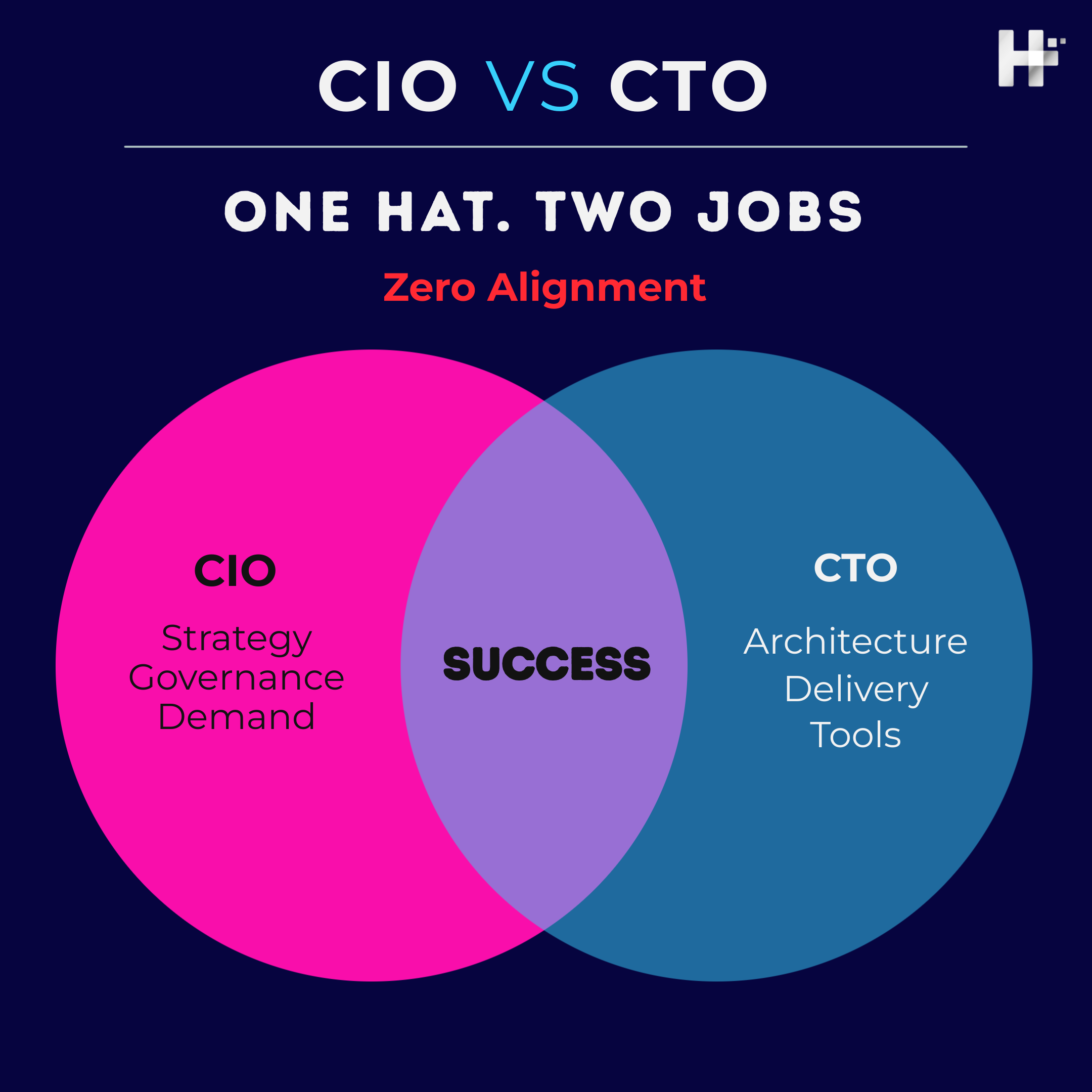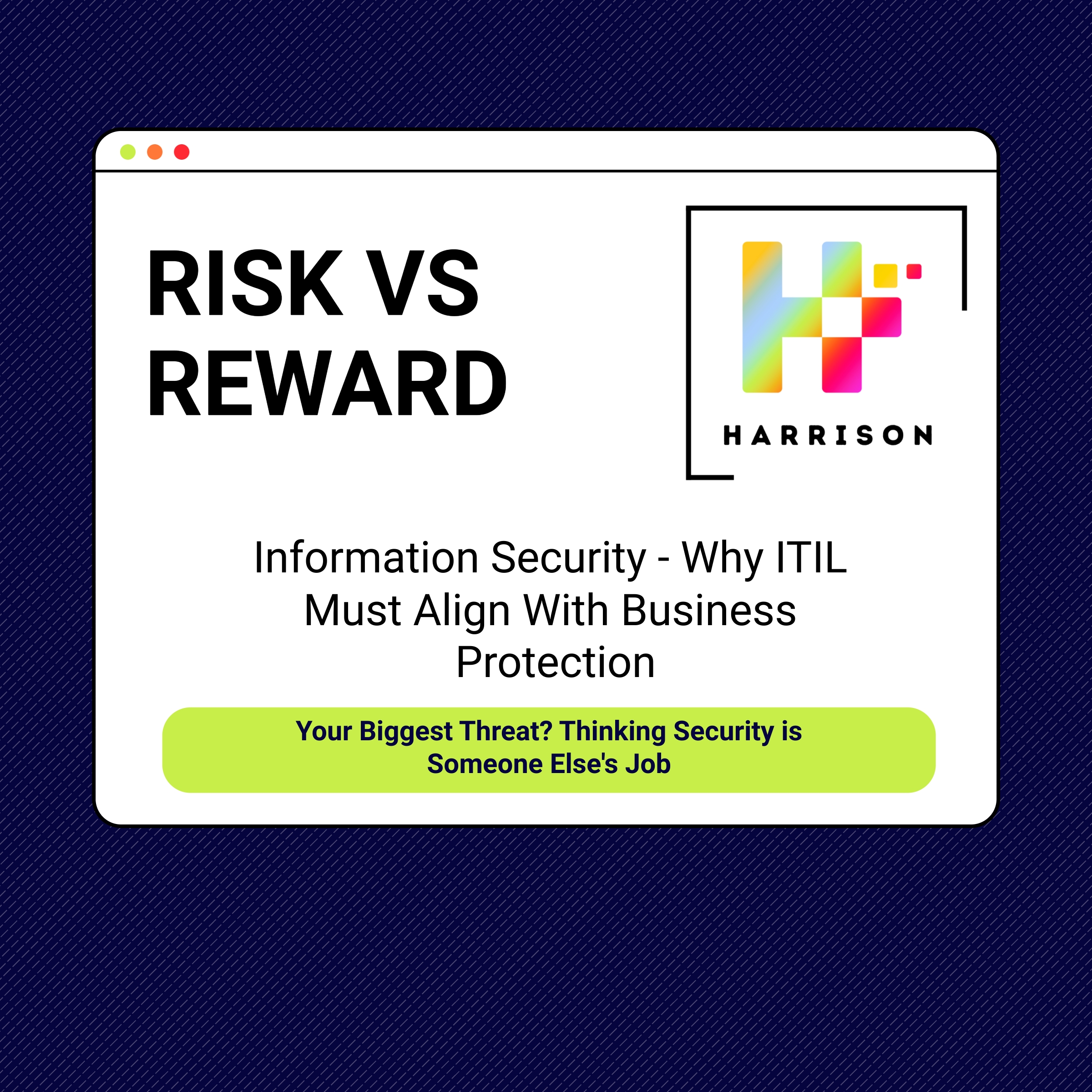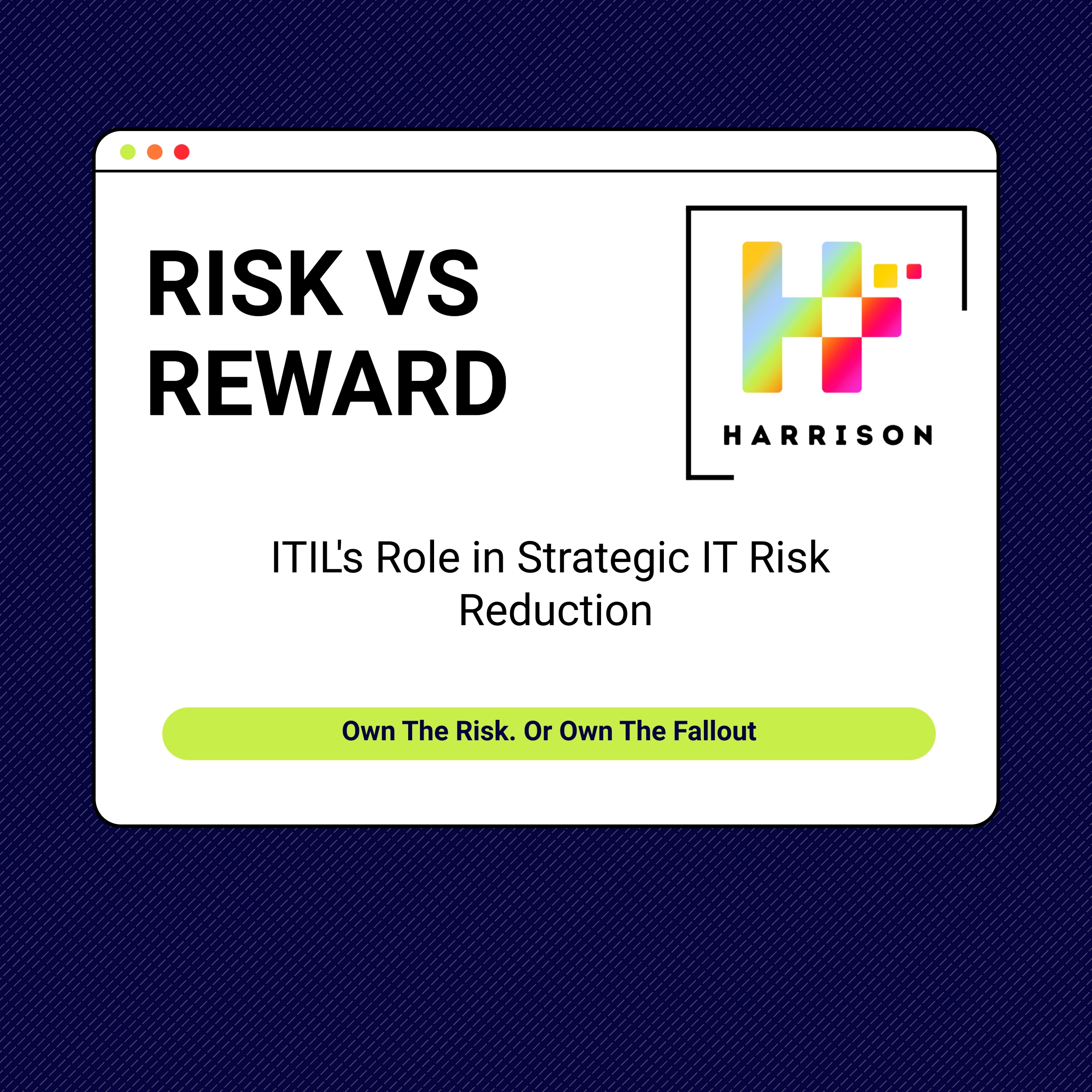Modernising Legacy Systems Without Disrupting IT Services
Introduction
Legacy systems are often the backbone of enterprise operations, yet they pose significant challenges—high maintenance costs, integration issues, and increased risk of failure. Modernising these systems is critical, but how can CIOs achieve this without disrupting existing IT services?
This blog explores practical strategies for balancing innovation and operational stability during legacy system modernisation.
The Problem with Legacy Systems
Legacy systems often hinder organisational growth due to:
1. Inflexibility: Outdated technologies struggle to adapt to new business needs.
2. Costly Maintenance: Supporting obsolete systems consumes resources that could be invested in innovation.
3. Security Risks: Older systems are more vulnerable to cyber threats due to lack of updates and patches.
Industry Insight:
According to EY, 50% of CIOs say legacy systems are their biggest barrier to digital transformation.
Challenges of Modernisation
1. Service Disruption: Upgrading or replacing critical systems can interrupt business operations.
2. Data Migration Risks: Moving data from legacy systems to modern platforms risks loss or corruption.
3. Cultural Resistance: Employees and IT teams may resist change due to familiarity with legacy systems.
Strategies for Modernising Legacy Systems
1. Adopt a Phased Approach
• Break modernisation into smaller, manageable stages to minimise risk and disruption.
• Prioritise systems that deliver the most value when modernised.
2. Use Hybrid Models
• Combine legacy systems with modern technologies using APIs and middleware to bridge the gap.
• Gradually migrate workloads to modern platforms while maintaining operational continuity.
3. Leverage Cloud Solutions
• Shift legacy applications to cloud-based environments for scalability and cost efficiency.
• Use “lift-and-shift” strategies as an initial step before full cloud-native modernisation.
4. Implement Robust Testing
• Conduct rigorous testing at every stage to identify and address potential service disruptions.
• Use sandbox environments to simulate real-world scenarios without affecting live operations.
5. Engage Stakeholders Early
• Involve business leaders, IT teams, and end-users in the planning process to align expectations.
• Provide training and support to ease the transition to new systems.
Best Practices in Action
Case Study:
A logistics company modernised its legacy ERP system by migrating critical functions to a cloud-based platform. By adopting a phased approach and integrating APIs for interim compatibility, they achieved a 30% reduction in downtime and a 20% boost in operational efficiency.
The Provocative Question
Are your legacy systems enabling your organisation—or holding it back? Modernisation isn’t optional; it’s essential for staying competitive.
Conclusion
Modernising legacy systems is a balancing act, but with careful planning and execution, organisations can innovate without jeopardising service delivery. By adopting phased approaches, leveraging hybrid models, and engaging stakeholders, CIOs can transform their IT landscapes while maintaining business continuity.
Need support in modernising your legacy systems? Contact us at Harrison James IT Consulting.
Follow us
Latest articles
December 14, 2025
December 14, 2025
December 14, 2025
December 14, 2025
December 14, 2025
December 14, 2025


